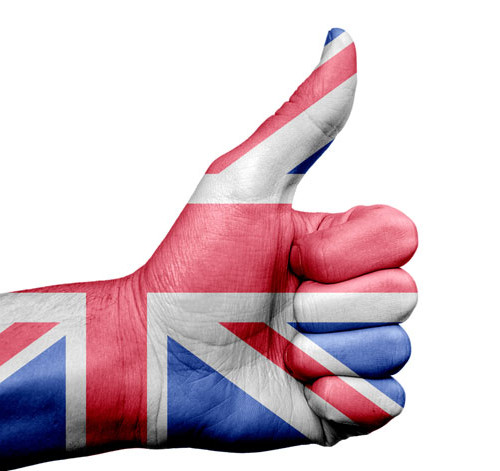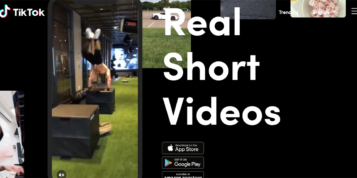The 2014 Scottish Referendum saw an unprecedented use of social media for engaging and galvanising voters. Although #Yes won the social media war, #No won the Independence ballot vote; but there is no denying the influence and power of social outreach.
Stewart Kirkpatrick, head of digital for the Yes campaign in the Scottish independence referendum, attributed his camp’s 15-20% boost in poll ratings in the run up to the vote to social media.
Now with the UK general election looming tomorrow, it is unsurprising that social media is taking centre stage once more.
The numbers speak for themselves. Since January 2015 there have been 1.5 million posts including the words “general election” (as well as variations on this term) across Twitter, Facebook, forums and blogs; this is a 2,206% increase in conversation on this topic.
Unsurprisingly the battle for followers is being won by the two main parties, with @UKLabour coming out on top with just short of 206k followers, beating the @Conservatives who have around 153k followers.
At the beginning of this year, the Labour party had 175k followers, while the Tories had roughly 134k followers – from which we can interpret that Labour’s campaign has had a stronger impact (despite the Conservative’s rumoured £100,00k per month spend on social media advertising).
But perhaps more revealing is the engagement rates these parties are having.
The Conservatives are lagging way behind their rivals; throughout 2015, Labour, the SNP, Greens, and UKIP have all had significantly higher engagement rates and online share of voice.
As the volume of conversation around this year’s election increases on social platforms, so the three women leaders of the SNP, Plaid Cymru and The Green Party have taken more and more of the share of these conversations, experiencing an 18% increase in conversations about them since the first TV debate.
Nicola Sturgeon has had a huge 15% increase in Twitter followers since March 30th and the official start to the election campaign.
But who are the people following these parties, and what can learn about them that may inform the voter profiles of these political parties? More than just an outreach-and-engage tool both for voters and political parties, social media data can offer valuable insight into the psyche of UK voters.
By looking at people’s posts, as well as the other people they follow, we can build up a pretty good picture of their genuine interests.
These interests, of course, are naturally over (and under) indexed among any group of people, which allows us to identify the natural affinities of political party followers.
We can see that there are some interests shared by voters across the board, for example ‘energy’ is a concern for all the seven main parties’ voters. Analysing social data also confirms stereotypes, showing a strong affinity shown between UKIP and immigration for example, and it gives evidence of party policy trickling through into voters’ conversations (e.g. there’s a strong interest in health from Labour supporters).
But there are also some surprising results thrown up. Liberal Democrat supporters are 6x more likely to be interested in the Daily Mail newspaper, and there is twice as strong an affinity between the Conservatives and the X Factor as any other Twitter users.
This is entertaining at a superficial level, but can have genuine value in terms of informing party strategy. If the online public is, or isn’t, associating your organisation with something, how can you arrest that trend? How can you build on momentum for a positive association? How can a particular interest segment of people be targeted to win over important voters, and crucially swing voters at the eleventh hour?
The implications for politics at the General Election, and beyond, are clear: we can and should learn from online engagement and the profiles and interests of online communities. We can use these insights to look at election strategies and methods for keeping core voter groups happy while attracting all important swing voters.
In an election where an eventual coalition government is a very real possibility, understanding the mutual interests of supporters of two parties is highly informative, as is the identification of strong difference: potentially divisive, or antagonistic, issues. These may make the difference between a popular coalition agreement and an unpopular one, at least in terms of public reaction.
Why would they vote for you if you can’t understand who they are and what they want?






